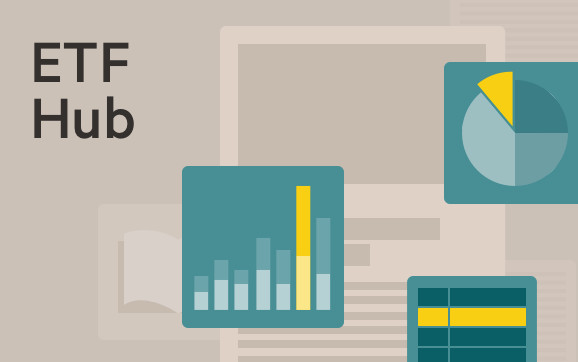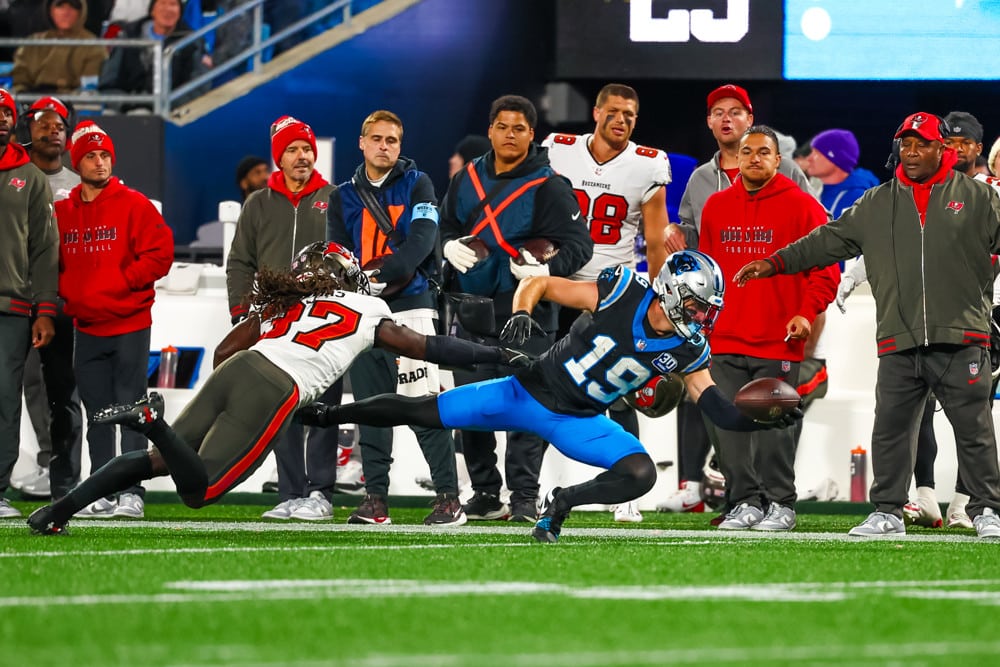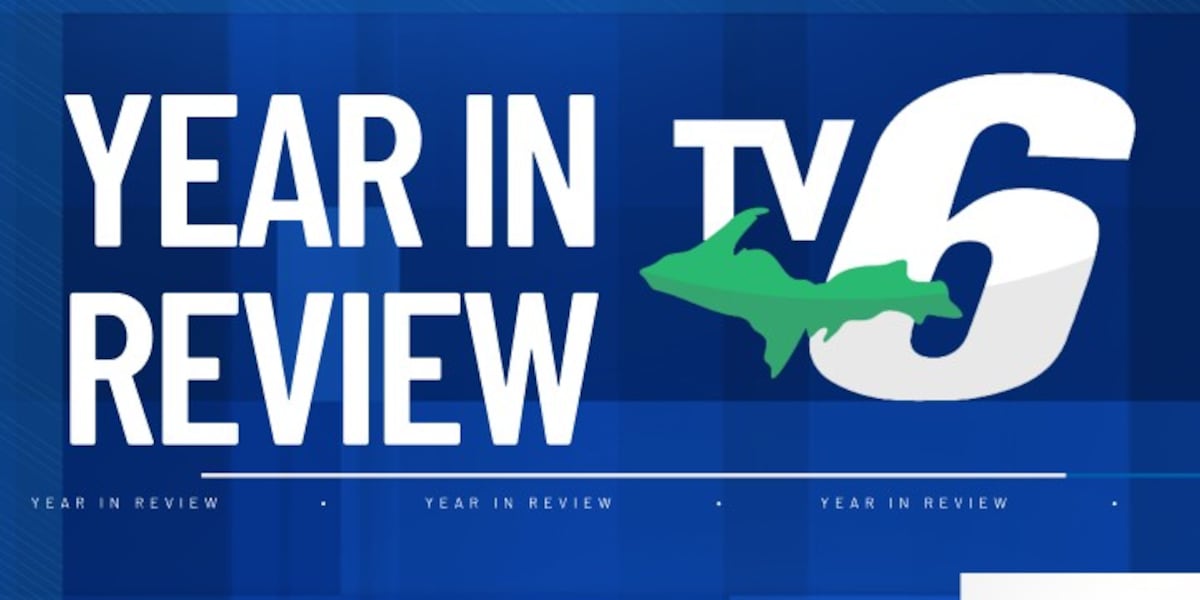Latest news on ETFs
Visit our ETF Hub to find out more and to explore our in-depth data and comparison tools
In recent years a growing number of asset managers have sought influencers’ help to boost brand awareness and promote their funds. Fund managers have struck agreements with influencers who have built a significant following and who endorse the companies or products on their platforms.
Invesco, for example, recently worked with retired WNBA legend Candace Parker. In an April Instagram post, she compared her growth as a basketball player to the process of launching a career in investing.
“When you’re young and you’re trying to figure out your game, right, you try and stick with the basics. So you want to hit a game-winner, you go to your safe move, and I think that that’s how you start off your career in investing,” Parker said.
Invesco partnered with Parker to promote its $247bn flagship Invesco QQQ ETF this year, according to Matthew Heath, chief marketing officer for the Americas and Emea.
This article was previously published by Ignites, a title owned by the FT Group.
Invesco has also worked with other influencers to boost its brand.
“Bring innovation to your kitchen with the 5 recipes I created with @InvescoUS for its Recipe for Innovation series,” Marcus Samuelsson wrote in a mid-April Instagram post.
About 700,000 people follow the celebrity chef’s Instagram account.
Invesco’s Recipe for Innovation series promoting the QQQ fund also features other celebrity chefs, including Kristen Kish and Kwame Onwuachi.
As part of the campaign, the chefs were tasked with creating a total of 25 unique dishes inspired by the 25 companies in the QQQ product.
BlackRock has also experimented with an influencer incentive programme that promotes its line-up of iShares products, according to a disclosure on its website.
The company “periodically” invites social media influencers to attend events and gives them gifts and entertainment, rather than cash compensation, that “may incentivise” them to create content favourable to BlackRock, according to the disclosure.
The group claims that the incentives per individual are not anticipated to exceed more than $1,000 over a 12-month period.
The company declined to comment on its incentive programmes.
New York-based ETF provider KraneShares has been using online influencers to promote its strategies since the early days of the Covid-19 pandemic, during which marketing opportunities from conferences became effectively closed, according to the manager’s head of marketing and media, Joseph Dube.
“Influencers are probably one of the most effective strategies,” he said. “We’re going to spend money, and I’d rather do a podcast with an influencer than run an ad on CNBC.”
KraneShares had roughly $7.8bn in total assets under management invested across its ETFs as of March 31, according to data from Morningstar Direct.
Some of KraneShares’ most effective campaigns included its partnership with the popular Animal Spirits podcast run by Ritholtz Wealth Management’s director of institutional asset management, Ben Carlson, and Ritholtz partner Michael Batnick, Dube said.
“[Influencers] have cultivated this audience that trusts the person, and they can feel like they’re hearing about this news from a friend. For us, it’s one of the best ways to get the message out on a brand,” Dube said.
KraneShares also has worked with Adriano Starinieri, who runs the Passive Income Investing YouTube channel, which has 74,700 subscribers, according to Dube.
Some 80 per cent of US companies are engaging social media influencers as part of their marketing tactics, according to a November study published in the marketing research publication the Journal of Marketing.
That same study found that the median return on investment companies that use influencer marketing tactics was roughly 160 per cent of the cost of hiring them.
Although still a relatively nascent method of engaging potential customers, using influencers as a marketing tool will become more prevalent among asset managers, said Thayne Gould, senior compliance leader for investment management consulting company Vigilant.
“I think we’re just at the beginning now; it will grow among larger firms who have the resources to pay out big influencers and move down to smaller firms. It’s not going away and will only increase,” Gould said.
Latest news on ETFs

Visit the ETF Hub to find out more and to explore our in-depth data and comparison tools helping you to understand everything from performance to ESG ratings
The potential for engagement is particularly pronounced among younger generations that have been much more open to using social media channels to inform their financial decisions.
A 2023 survey by Forbes and market research company Prolific found that some 79 per cent of consumers between the ages of 18 and 41 access financial advice via social media.
Budgets for influencer marketing strategies are also increasing as some 20.9 per cent of marketers are expected to invest between $1,000 and $10,000 on influencers, while another 22.8 per cent are spending between $100,000 and $500,000, according to a report from Oberlo.
“A lot of firms are starting to incorporate influencers into their social media strategies with some limited success,” Avery Stonestreet, director of marketing and digital strategy for Vident said, explaining that the route also presents some compliance issues.
VanEck, for example, was fined $1.8mn in February by the Securities and Exchange Commission for not disclosing to its board that it had a licencing agreement with social media influencer Dave Portnoy and his company Barstool Sports.
VanEck declined to comment on its influencer engagement strategy.
*Ignites is a news service published by FT Specialist for professionals working in the asset management industry. Trials and subscriptions are available at ignites.com.











